Chapter 10 Notes-student PDF

| Title | Chapter 10 Notes-student |
|---|---|
| Author | Juan Huertas |
| Course | Bio Of Invertebrates |
| Institution | Baruch College CUNY |
| Pages | 4 |
| File Size | 181.9 KB |
| File Type | |
| Total Views | 176 |
Summary
Chapter 10 Notes-student...
Description
Chapter 10 Notes – Cell Growth and Division
Cells divide when they get _______________ for easy _______________ and other cell functions. The size of most eukaryotic cells is 10 – 100 micrometers.
10–1 A.
Cell Growth
Limits to Cell Growth: Size is determined by: 1. ________________Nucleus – materials / structures that are ____________are too hard to control 2. Exchanging Materials: difficult to _______________ where needed 3. Ratio of ____________ to Volume - Cell membrane: ________________________is needed for diffusion to occur _________________ is the
from an area where they are _________
_________________ to an area where they are not. It does not require added energy. The materials are able to move because all atoms in liquids or gases are randomly moving, and they “roam” from one area to another until their numbers “equal out”. B. Main Functions of Cell Division 1. growth – organisms grow by increasing their ____________ of cells, ___________ of cells ____________ – as cells grow, they can change to a particular form so they are able to do a _________________ (blood cells, nerve cells, muscle cells) 2. repair –_________ – replacing individual dead/damaged cells (bone, skin, usually not nerves) _______________ – some organisms can replace missing parts (sea stars, lizards) 3. reproduce –______________– only requires one parent; offspring are ___________ to parent Process = _______________ ____________– requires genetic material from two parent organisms; offspring will have a_______________ of parents traits Process = ______________
10 – 2 Cell Division A.
Chromosomes – carry _______________ (made of __________ and proteins) Number varies by type of organism (humans = 46, fruit flies = 8, carrots = 18)
Chromosomes are_____________ during mitosis, forming 2 identical “sister” ______________ . These are attached at an area called the ______________ B.
The Cell Cycle – the _______________ in a cell’s life
Cell Cycle includes
is divided into
C.
is divided into
Events of the Cell Cycle 1. Interphase – the part of the cell cycle ________________________. Longest phase (90% of cycle) A. G1 __________________ ) - period of _____________________ B. S __________________ chromosomes are _______________ (copied) C. G2 __________ – cell makes _________ and other materials needed for division _________ _________________
D.
Mitosis – process where cell nucleus is divided into ____________________ nuclei 1. Prophase –
* ______________________________
(pro = ________) * Spindle fibers form and ___________________ poles * _______________________________ disappear 2. Metaphase - * chromatids are pulled to____________ and __________along the metaphase plate (meta = _________) 3. Anaphase - * centromeres __________ (ana = ___________ ) * spindle fibers ____________________ to opposite poles
4. Telophase -
* nuclear membrane and nucleolus______________
(telo = ____________ ) * _______________ disappear * ________________________________________
E.
Cytokinesis – division of the _____________________________ (cyto = _____________; kinesis = ____________________ )
__________________________ divide
new ___________________________________________ forms
2 daughter __________ Interphase
Prophase
Metaphase
Cytokinesis
Telophase
10–3
Anaphase
Regulating the Cell Cycle
A.
Controls on Cell Division – cells will divide until they___________________, then stop growing
B.
Cell Cycle Regulators –_____________ – a protein that regulates the timing of the cell cycle
1.
Internal Regulators – proteins that respond to events in cell, allow cycle to proceed only when ________________________________ (i.e. anaphase won’t happen until all chromosomes are attached to a spindle
2. C.
External Regulators – proteins that _______________________ the cell ( i.e. growth hormones) Uncontrolled Cell Growth –_________ – cells that do not respond to growth regulators and divide uncontrollably
Suzanna Macedo 2010...
Similar Free PDFs

Chapter 10 quiz #10
- 3 Pages

Notes 10 - Chapter 10
- 5 Pages
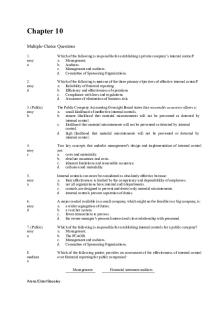
Chapter-10
- 19 Pages
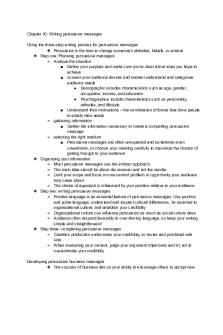
Chapter 10
- 5 Pages
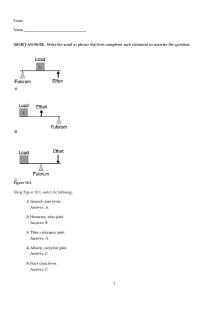
Chapter 10
- 14 Pages

Chapter 10
- 111 Pages
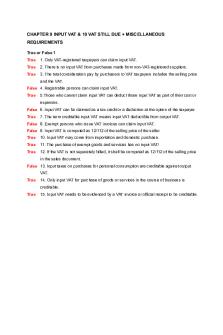
Chapter 10
- 16 Pages
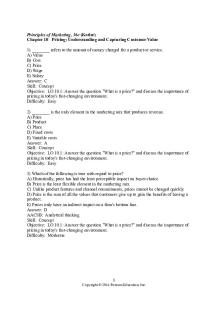
Chapter 10
- 47 Pages
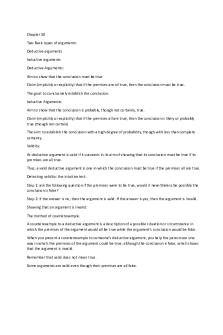
Chapter 10
- 4 Pages
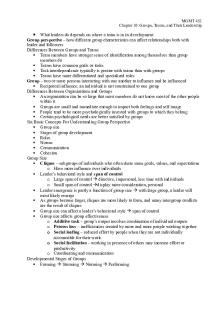
Chapter 10
- 5 Pages
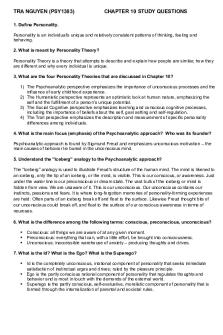
Chapter 10
- 6 Pages

Chapter 10
- 13 Pages

Chapter 10
- 10 Pages

Chapter 10
- 3 Pages

Chapter 10
- 22 Pages
Popular Institutions
- Tinajero National High School - Annex
- Politeknik Caltex Riau
- Yokohama City University
- SGT University
- University of Al-Qadisiyah
- Divine Word College of Vigan
- Techniek College Rotterdam
- Universidade de Santiago
- Universiti Teknologi MARA Cawangan Johor Kampus Pasir Gudang
- Poltekkes Kemenkes Yogyakarta
- Baguio City National High School
- Colegio san marcos
- preparatoria uno
- Centro de Bachillerato Tecnológico Industrial y de Servicios No. 107
- Dalian Maritime University
- Quang Trung Secondary School
- Colegio Tecnológico en Informática
- Corporación Regional de Educación Superior
- Grupo CEDVA
- Dar Al Uloom University
- Centro de Estudios Preuniversitarios de la Universidad Nacional de Ingeniería
- 上智大学
- Aakash International School, Nuna Majara
- San Felipe Neri Catholic School
- Kang Chiao International School - New Taipei City
- Misamis Occidental National High School
- Institución Educativa Escuela Normal Juan Ladrilleros
- Kolehiyo ng Pantukan
- Batanes State College
- Instituto Continental
- Sekolah Menengah Kejuruan Kesehatan Kaltara (Tarakan)
- Colegio de La Inmaculada Concepcion - Cebu
